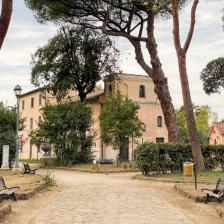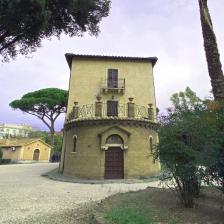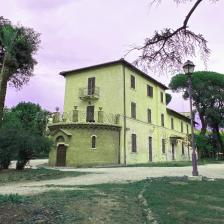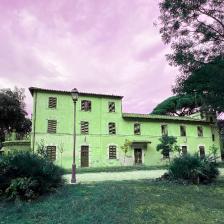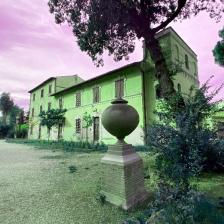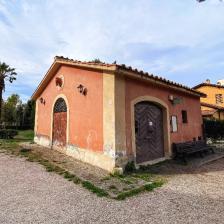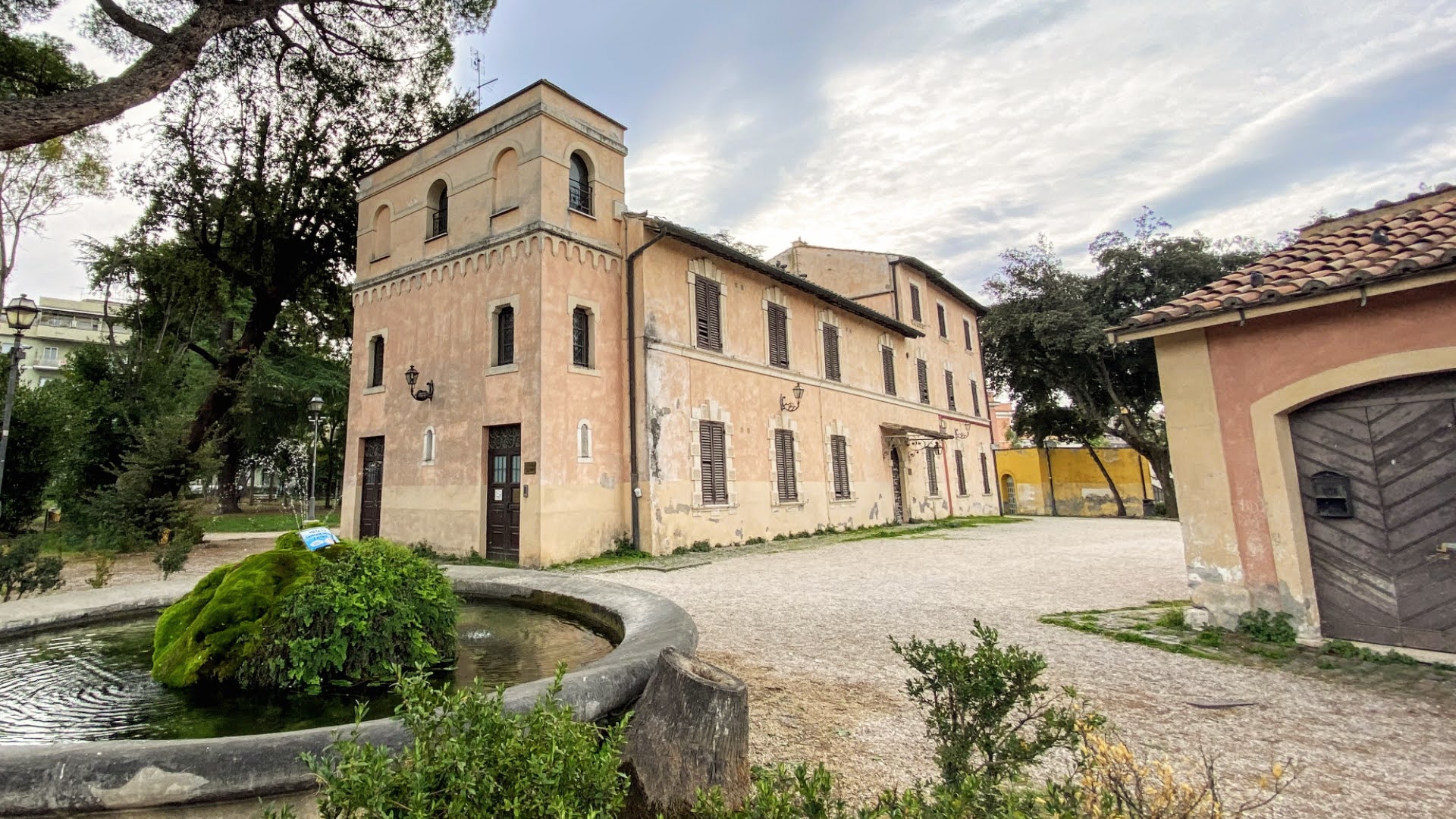
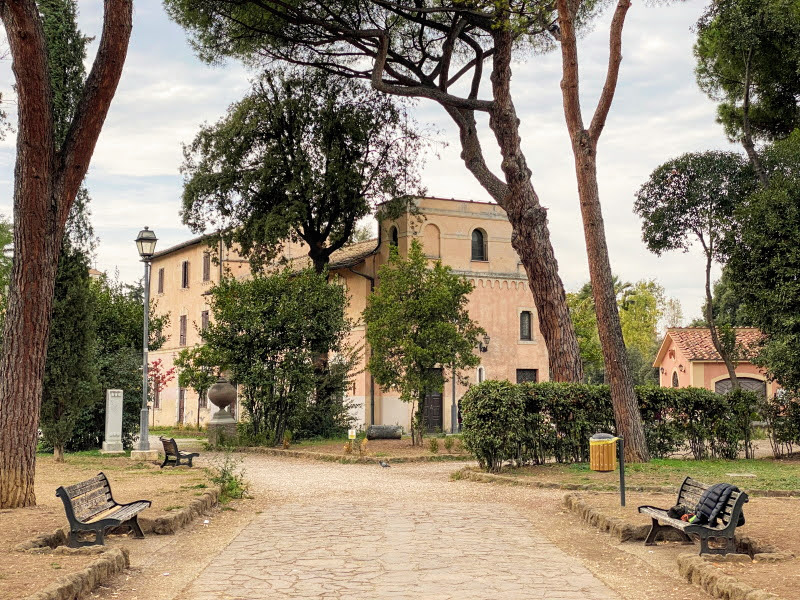
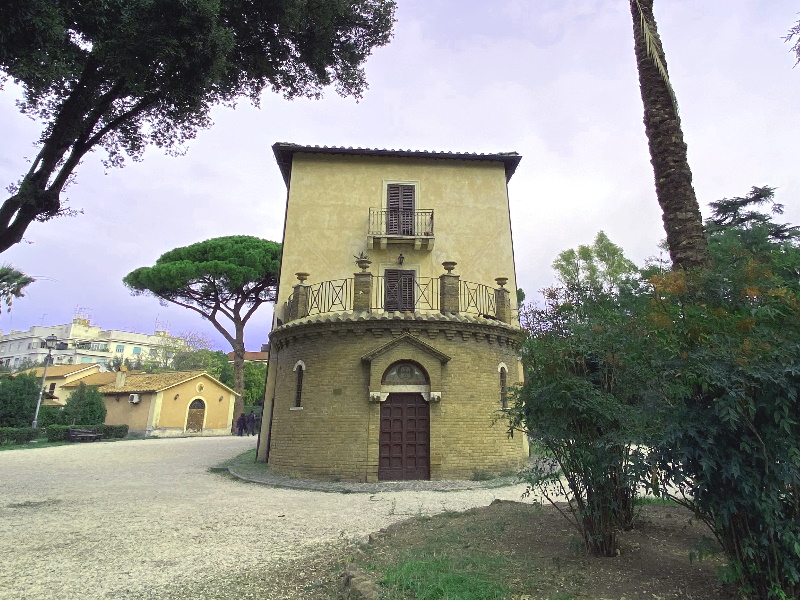
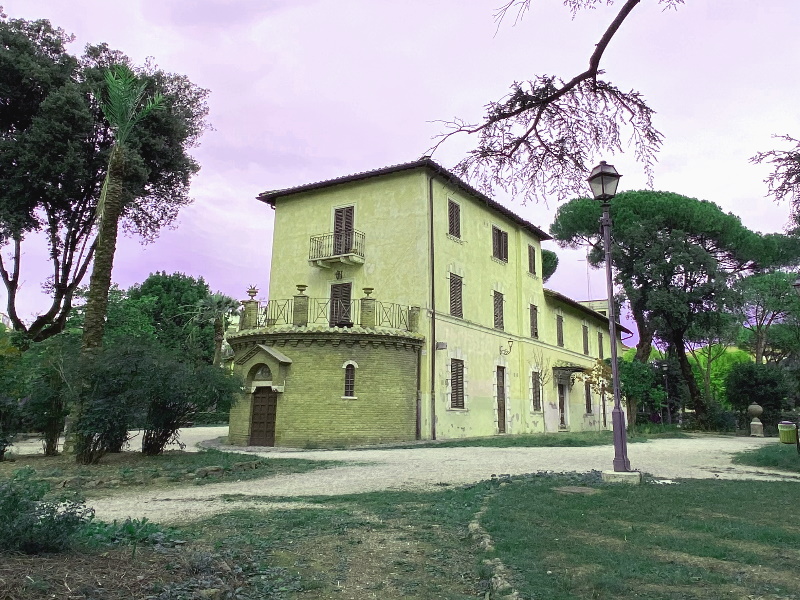
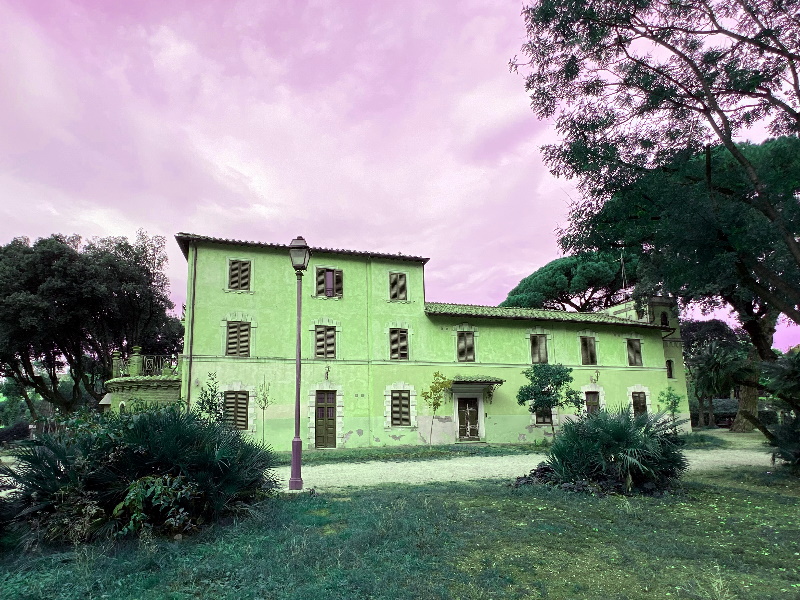
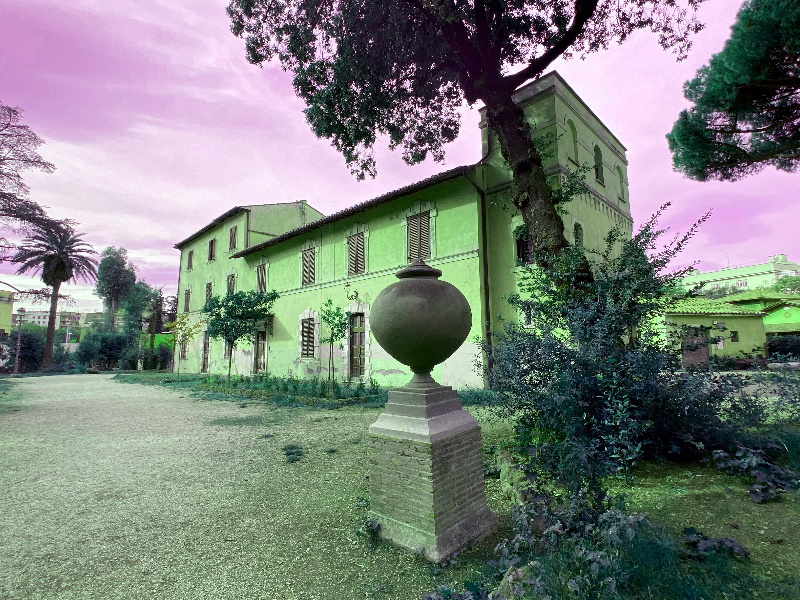

Located near via Tuscolana, Villa Lais is a significant example of a suburban residence dating back to the early 1900s.
The original mansion was bounded to the east by the route of the ancient aqueducts and to the north by the passage of the Acqua Mariana or "Marrana di Santa Maria" stream, which favored the development of agriculture.
Between the 17th and 18th centuries, the area included two vineyards, one called "alli Condotti" due to its proximity to the Felix aqueduct, the other "alla Ferriera," from the name of a factory for working iron.
The ownership of the land was the prerogative of the Lateran Chapter. In 1685, the institution sold one of the two vineyards to two tenant farmers: Carlo and Lorenzo Merolli, country merchants whose families owned it until the first half of the 19th century.
In 1839, the property included three buildings in a semicircle connected via Tuscolana by a long tree-lined avenue.
In 1906, the villa came into the possession of the Lais family, who transformed it into a bourgeois residence by creating a garden with myrtle hedges and exotic plants and new buildings such as a cowshed, a garage-stable, a greenhouse, and some service homes. Furthermore, the manor house was restored and embellished with internal frescoes and a small private chapel. According to the room's function, the interiors of the main building proposed different styles: from Art Nouveau floral motifs to small marble fragments, from little false walls to grotesques, and ancient motifs up to portrait medallions of illustrious men.
In the mid-1950s, the creation of the surrounding residential area reduced its original size: eight buildings with different uses, the small manor garden, and part of the vegetable gardens, over approximately 28,000 m2, remained.
Acquired by the Municipality of Rome in 1975, today, Villa Lais is a park equipped with a playground, fitness and picnic area, and an open-air Amphitheater for events and shows. It houses a family center dedicated to pedagogical, educational, cultural, recreational, social, and psychological services.
After a complex redevelopment intervention carried out under the Capitoline Superintendency for Cultural Heritage, Villa Lais reopened to the public in 2022.
Basilika San Giovanni in Laterano
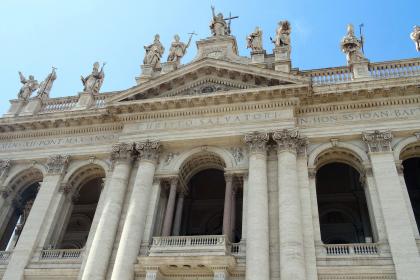
 Condividi
Condividi
Porta San Giovanni
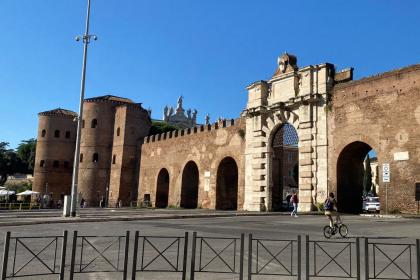
 Condividi
Condividi
Basilika Santa Croce in Gerusalemme
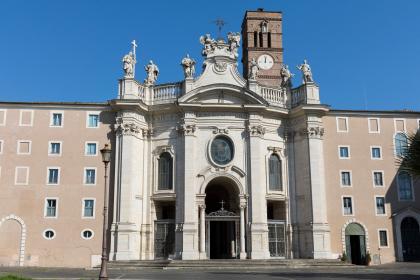
 Condividi
Condividi
Informationen
Open from 7.00 to the dusk
 Condividi
Condividi
Location
Um mehr über alle barrierefreien Dienste zu erfahren, besuchen Sie den Abschnitt barrierefreies Rom.












































